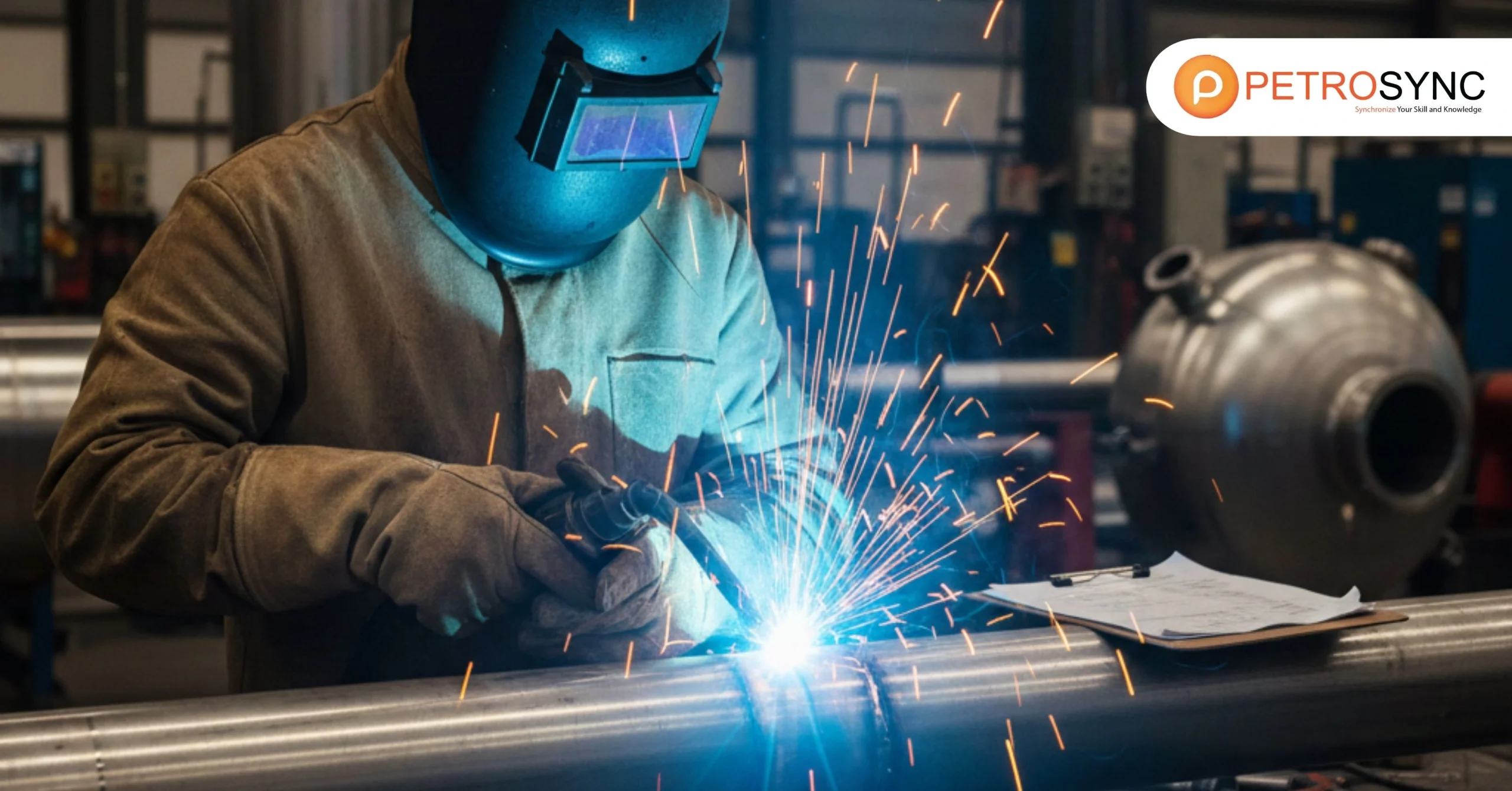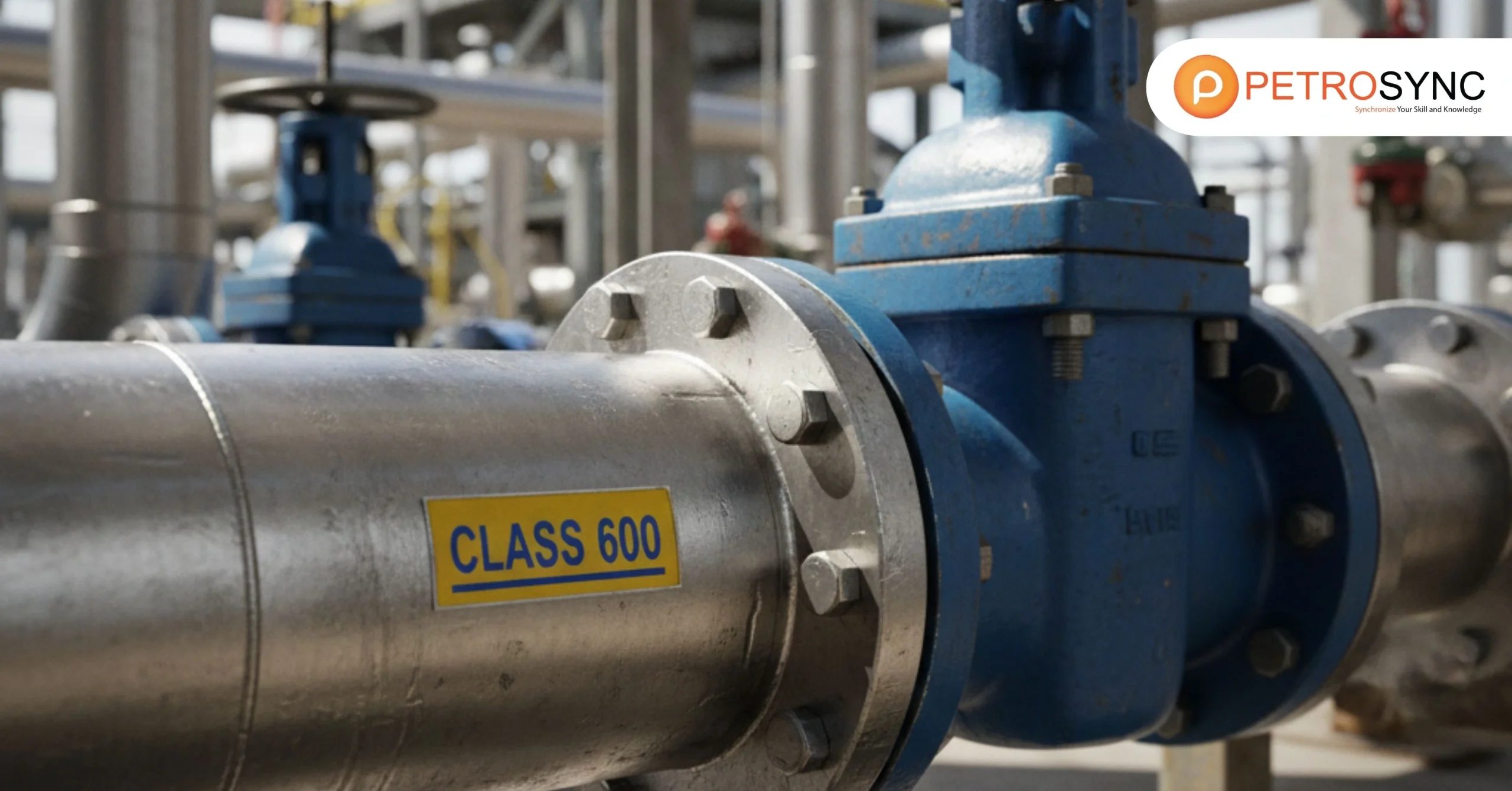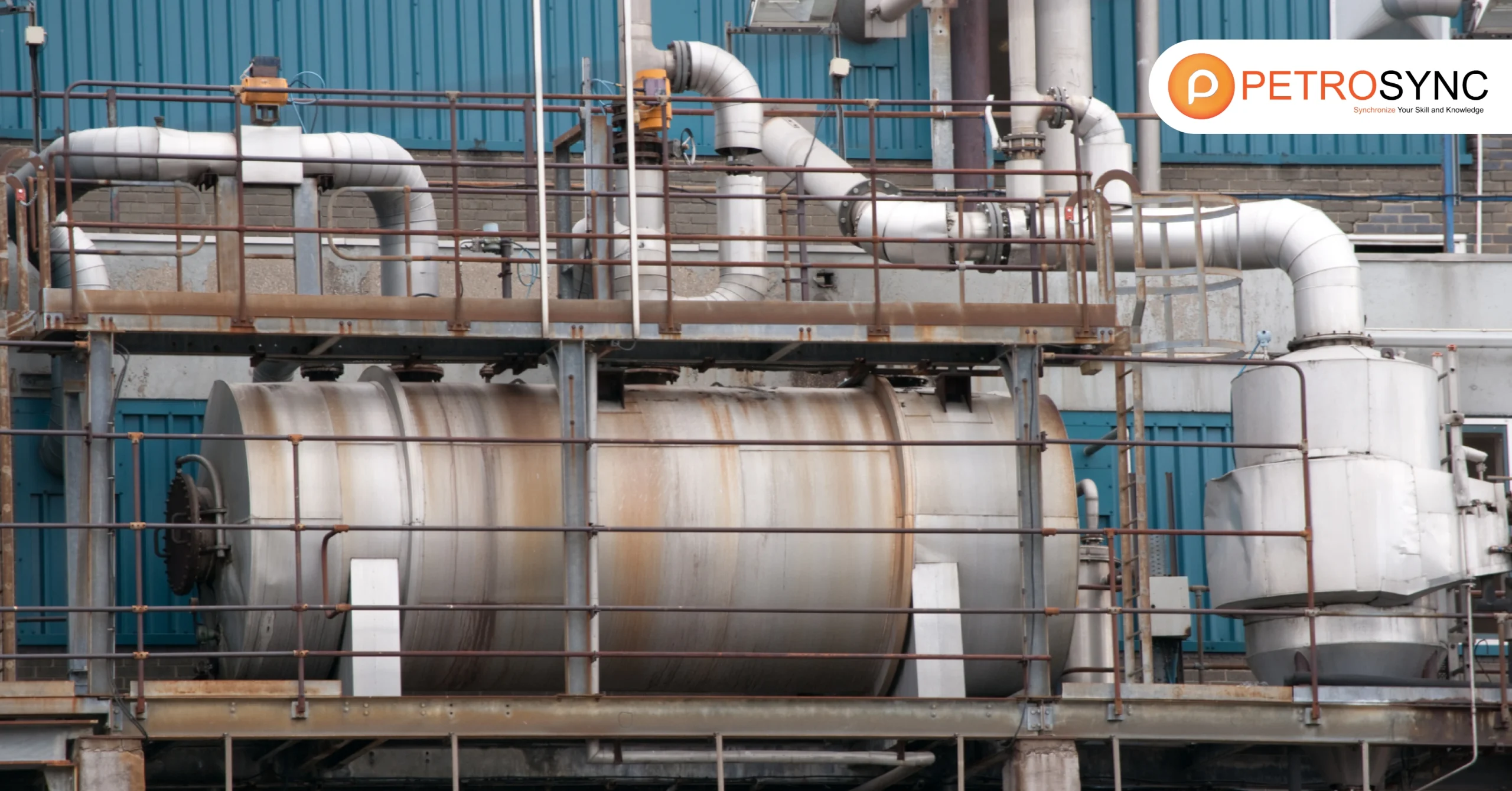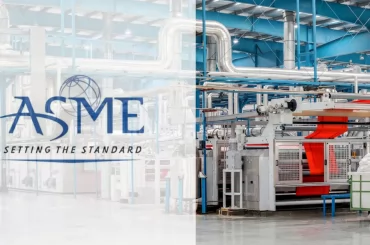In the industrial world, ensuring operational safety and reliability is non-negotiable. One key element that often determines the success—or catastrophic failure—of major facilities like refineries, petrochemical plant, and power stations is the humble but mighty pressure vessel.
These specialized containers store gases or liquids at pressures far above atmospheric levels, making them critical assets in a wide range of industries.Understanding the importance of maintaining pressure vessel properly is not only vital for operational efficiency but also for safeguarding human lives, protecting the environment, and preserving company reputations.
Before diving into procedures, issues, and future trends, let’s first understand the essence of pressure vessel and why their maintenance is absolutely critical.
What is a Pressure Vessel and Why is Maintenance Critical?
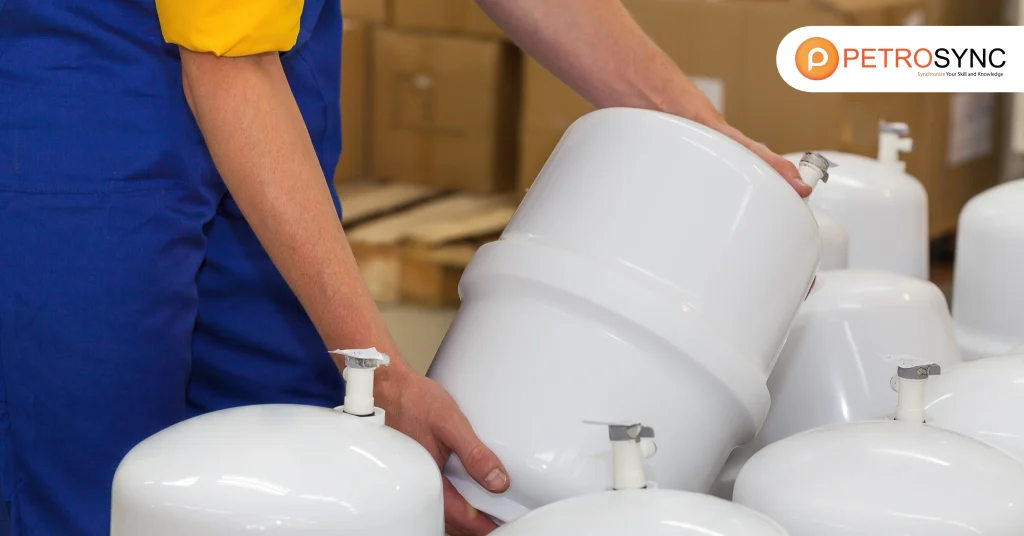
A pressure vessel is an engineered container designed to hold gases or liquids at a pressure substantially different from the ambient pressure. They are found in industries like oil and gas, chemical manufacturing, and power generation, where they perform essential functions such as chemical reactions, heat exchanger, and fluid storage.
Because they operate under extreme conditions, pressure vessel failures can lead to catastrophic accidents—including explosions, toxic leaks, and massive property damage. According to a report by the U.S. Chemical Safety and Hazard Investigation Board (CSB), vessel failures contribute to approximately 20% of major industrial accidents globally.
Maintenance, therefore, isn’t just a regulatory checkbox; it is a critical component of operational integrity and workplace safety.
Common Issues Identified During Maintenance
Routine maintenance and inspections often reveal a range of problems that, if left unaddressed, could escalate into major incidents:
- Corrosion: Internal and external corrosion weakens vessel walls, increasing the risk of rupture.
- Cracks and Fractures: Stress and fatigue can lead to micro-cracks, especially around welds and joints.
- Weld Defects: Poor weld quality can compromise structural integrity.
- Valve and Fitting Failures: Leaks or blockages can disrupt pressure control systems.
- Material Degradation: Exposure to extreme temperatures and aggressive chemicals accelerates material fatigue.
By identifying these issues early, companies can avoid expensive repairs, unplanned downtime, and severe safety hazards.
Pressure Vessel Inspection and Maintenance Procedures
A comprehensive maintenance program typically includes the following steps:
1. Pre-Inspection Planning
Before any maintenance activity, a detailed inspection plan must be developed, considering vessel design, operational history, and risk factors.
2. Visual Inspection
External and internal inspections are carried out to detect visible signs of corrosion, deformation, or cracking.
3. Non-Destructive Testing (NDT)
Advanced techniques like ultrasonic testing (UT), radiographic testing (RT), magnetic particle testing (MT), and dye penetrant testing (PT) are employed to detect subsurface defects.
4. Hydrostatic Testing
The vessel is filled with water and pressurized to check for leaks and assess structural integrity.
5. Thickness Measurement
Ultrasonic thickness gauges are used to monitor wall thinning, ensuring that vessels still meet minimum thickness requirements.
6. Documentation and Certification
Findings are meticulously recorded, and if the vessel passes, it is certified for continued operation. If not, necessary repairs or replacements are scheduled.
Key Standards and Compliance Codes
Maintenance procedures must align with internationally recognized codes and standards to ensure safety and regulatory compliance:
- ASME Boiler and Pressure Vessel Code (BPVC): Sets the engineering and fabrication standards.
- API 510 – Pressure Vessel Inspection Code: Governs inspection, repair, alteration, and rerating of vessels.
- National Board Inspection Code (NBIC): Provides post-construction inspection guidelines.
- OSHA Regulations: U.S. Occupational Safety and Health Administration mandates pressure vessel safety requirements.
Compliance is not optional. Failing to adhere to these standards can result in heavy penalties, operational shutdowns, or worse—catastrophic incidents.
Frequency of Pressure Vessel Inspection and Maintenance
How often should a pressure vessel be inspected? It depends on several factors:
- Material of Construction: Steel, composite, and alloy vessels degrade at different rates.
- Operating Pressure and Temperature: Higher operating stresses demand more frequent inspections.
- Service Environment: Exposure to corrosive substances accelerates deterioration.
General guidelines recommend:
- Visual inspections annually
- Thorough internal inspections every 3–5 years
- Risk-based inspections customized to asset criticality
According to API 510 standard, vessels subjected to severe service conditions must be inspected more frequently, often within 2 years of the previous inspection.
Risks of Neglecting Pressure Vessel Maintenance
Neglecting maintenance can lead to devastating outcomes:
- Safety Risks: Explosions and leaks can cause injuries or fatalities.
- Operational Downtime: Emergency shutdowns disrupt production and affect revenues.
- Legal Liability: Non-compliance can lead to lawsuits, fines, and license revocation.
- Reputational Damage: Companies involved in industrial accidents suffer lasting brand damage.
For example, the 2010 Anacortes Refinery accident in Washington, caused by a failure to maintain a heat exchanger (a type of pressure vessel), resulted in seven fatalities and cost the company hundreds of millions in settlements.
Future Trends in Pressure Vessel Monitoring and Maintenance
The industry is evolving, and so are maintenance technologies. Emerging trends include:
- IoT-Based Monitoring: Sensors provide real-time data on pressure, temperature, and wall thickness.
- AI-Powered Predictive Analytics: Algorithms analyze sensor data to predict failures before they occur.
- Robotic and Drone Inspections: Minimizes human entry into confined spaces, improving safety.
- Digital Twins: Virtual models of pressure vessels allow engineers to simulate stress scenarios and plan maintenance proactively.
These innovations aim to shift maintenance from a reactive to a proactive and predictive model, increasing safety while reducing costs.
Enhance Your Skills: Join PetroSync’s Pressure Vessel Training
In today’s complex industrial environment, the ability to maintain and inspect pressure vessels safely is not just a technical skill—it’s a mark of true professional excellence. Staying updated with best practices, emerging technologies, and international standards has become essential for engineers and technicians aiming to make a lasting impact in their field.
Investing in the right training is one of the most effective ways to build confidence, strengthen operational knowledge, and contribute more meaningfully to organizational safety and success. At PetroSync, we are committed to helping professionals grow through specialized Pressure Vessel Training Programs that combine practical insights with real-world applications.
Whether you’re looking to deepen your understanding of inspection techniques, enhance compliance expertise, or explore future trends in asset management, PetroSync offers learning experiences designed to empower your career. If you are ready to take the next step toward becoming a leader in pressure vessel safety, join PetroSync’s training today and unlock new opportunities in the evolving energy sector.

Results-oriented and thorough SEO specialist with extensive experience in conducting keyword research, developing and implementing digital website promotion strategies and plans, managing campaigns to develop company websites in the digital world, excellent knowledge of marketing techniques and principles, and attentive strong attention to detail.



